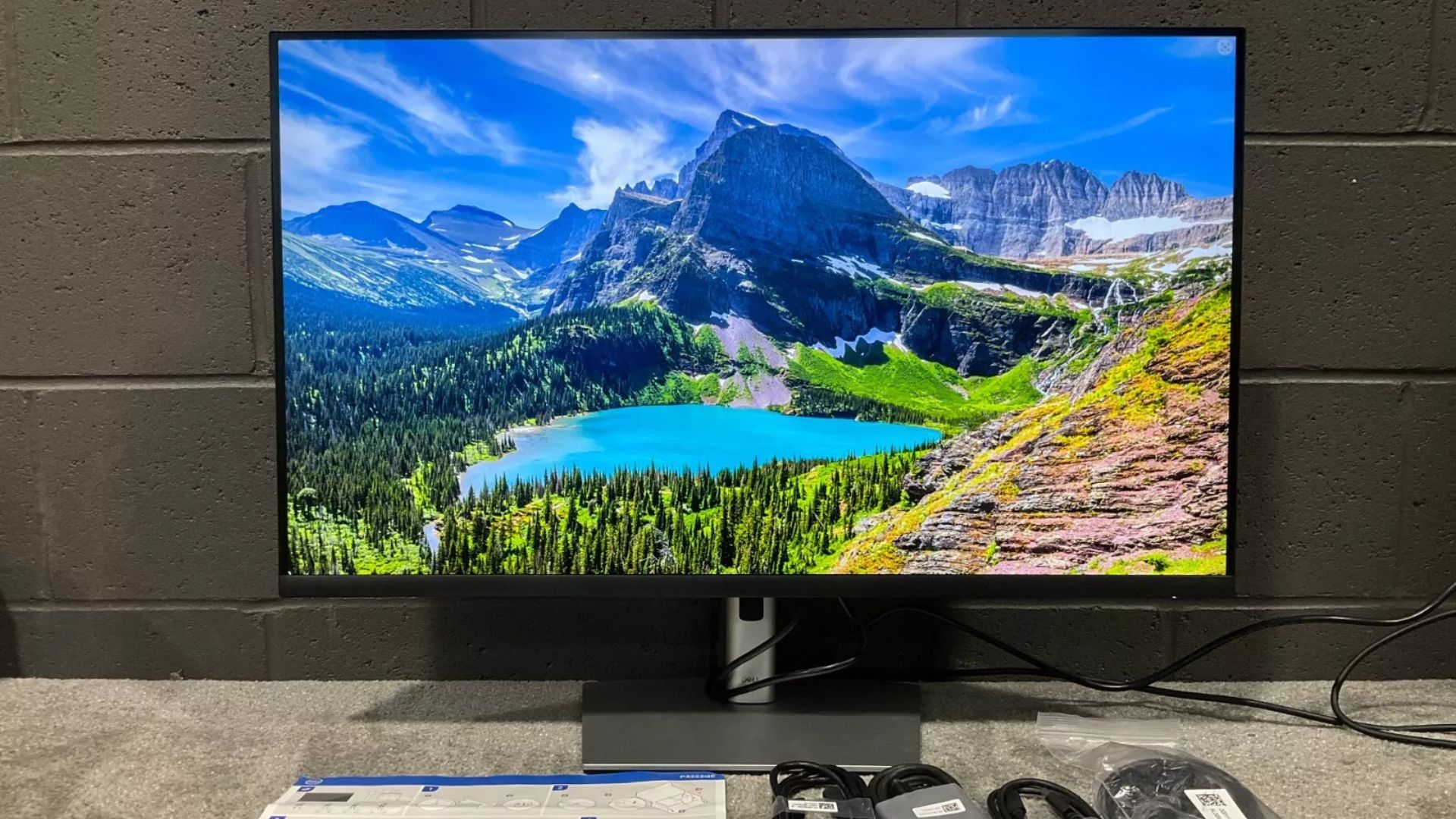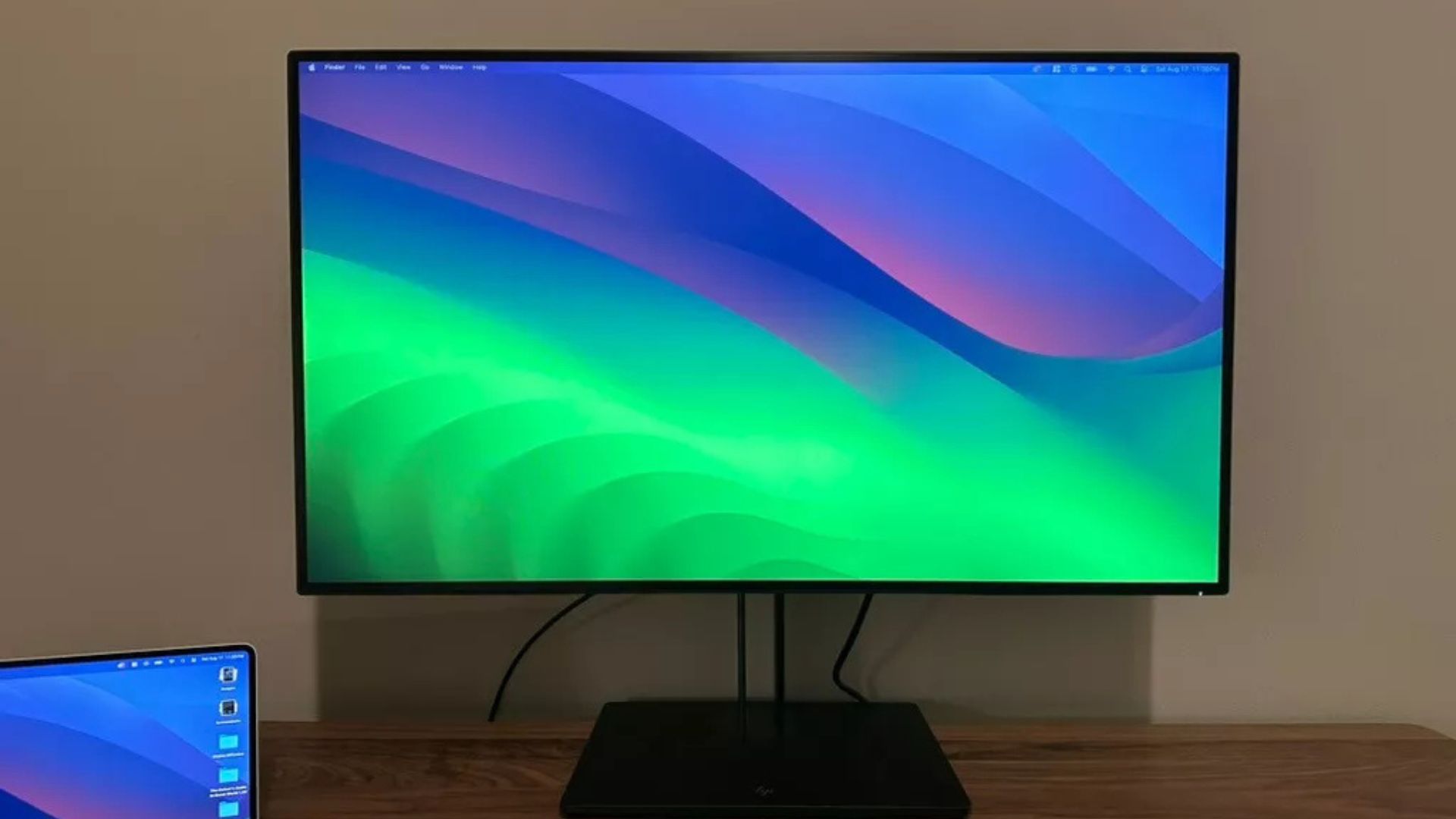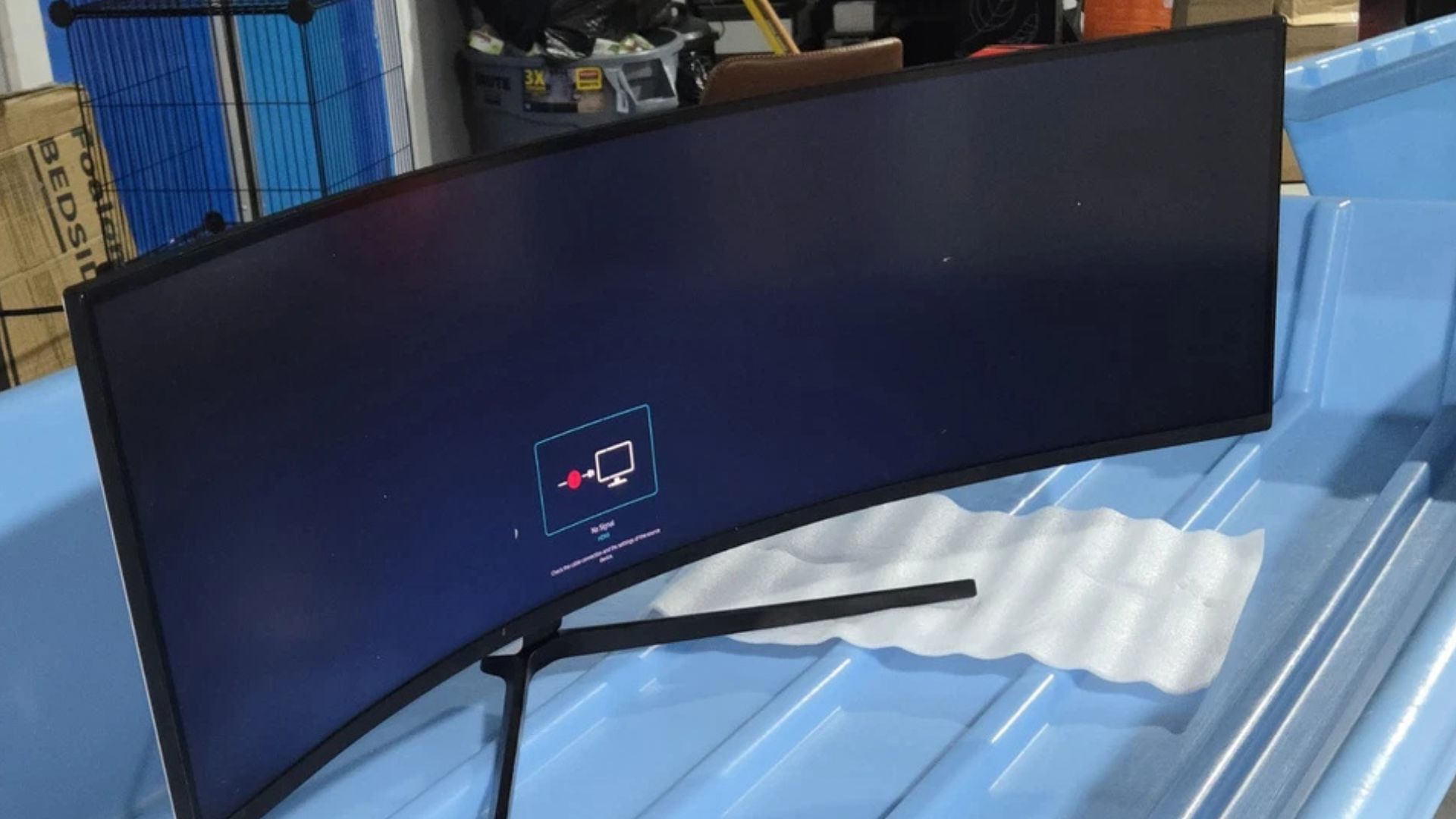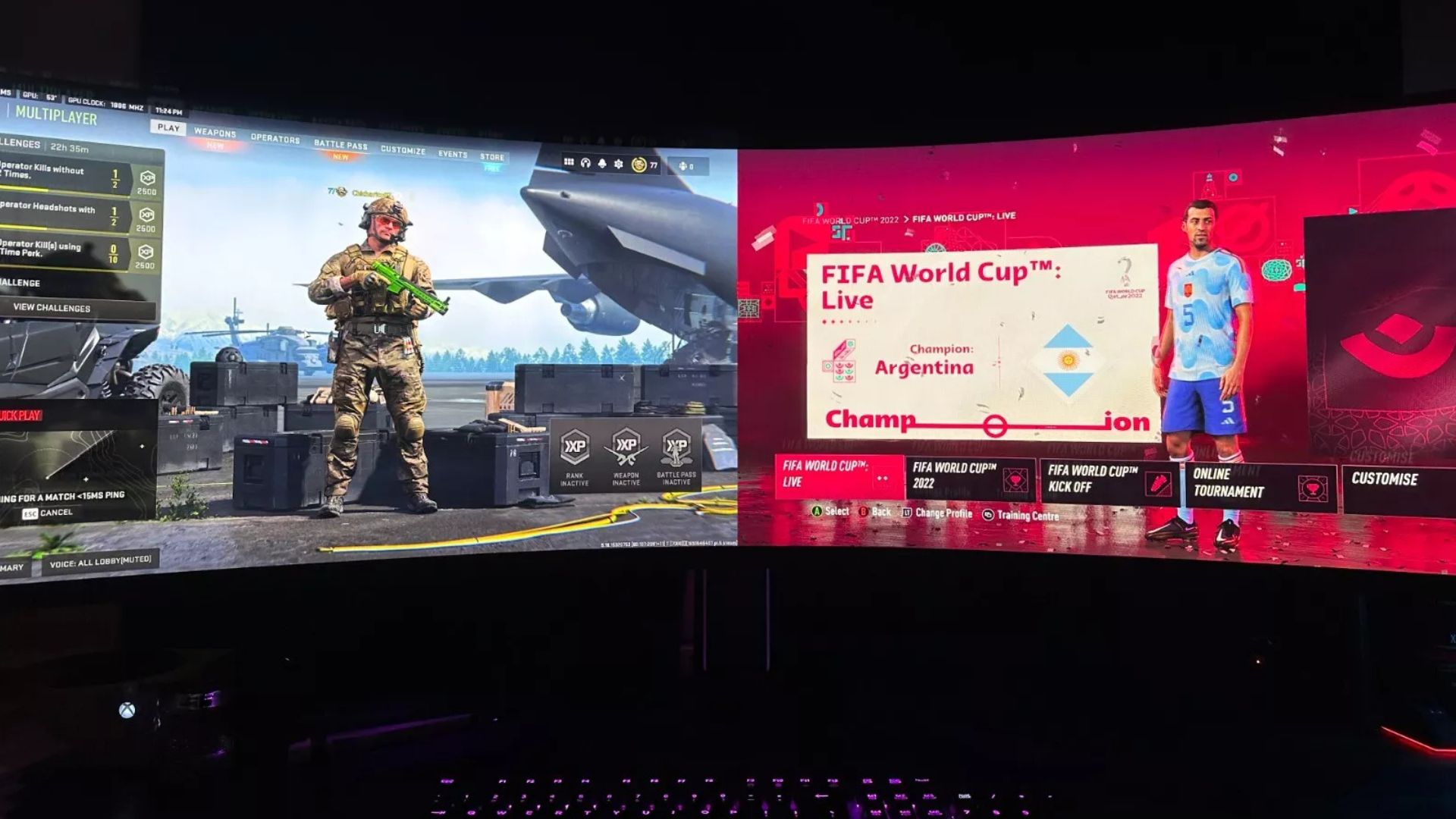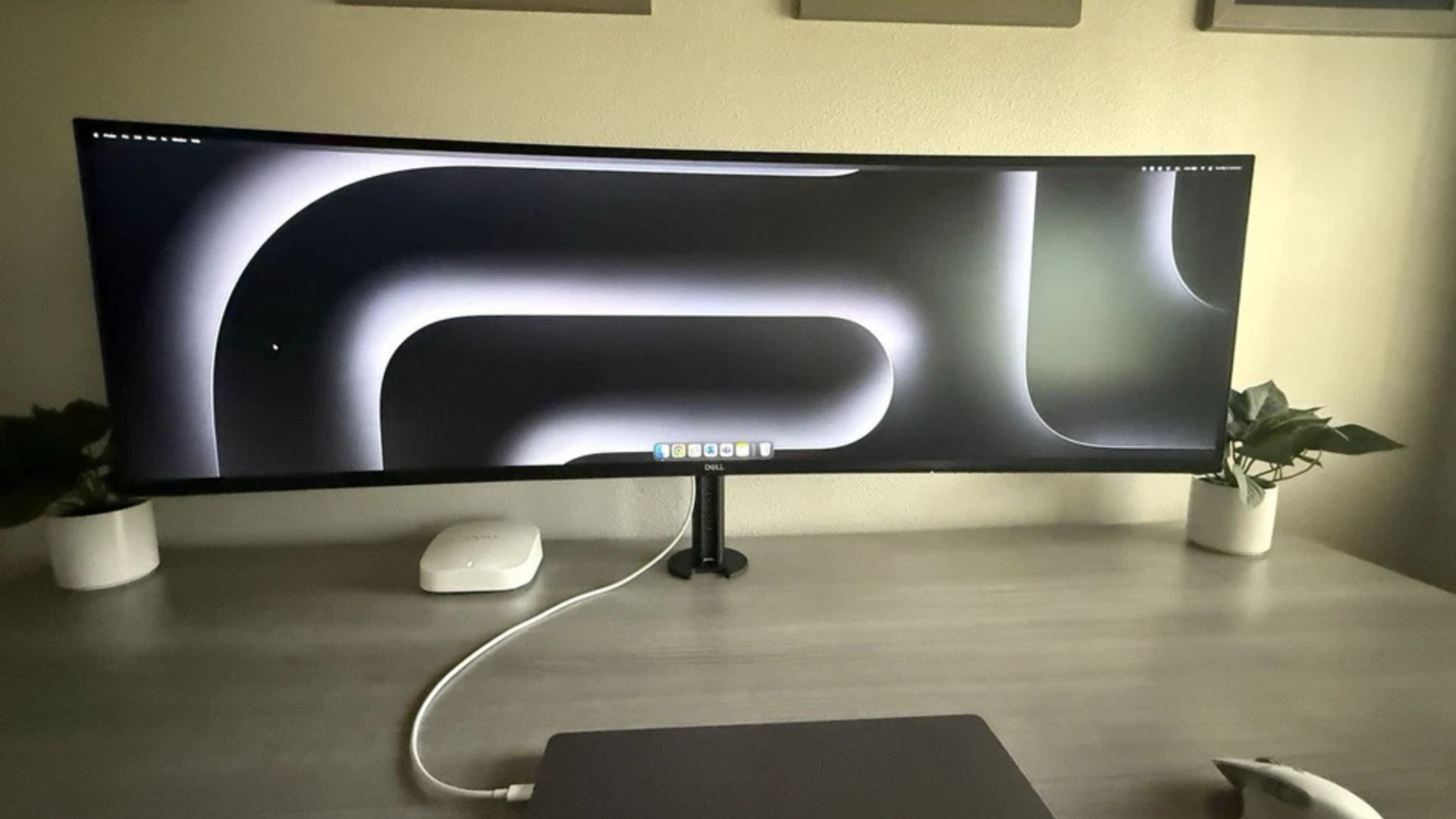Want to know how high-resolution screens evolved into today’s crisp, vivid monitors? This post traces the history of 5K display technology, explores key milestones, and explains how we arrived at modern 5K screens. Whether you’re a tech enthusiast or a professional seeking clarity, you’ll find a concise, engaging overview here.
Displays have transformed dramatically over decades. From blurry, low-resolution screens to today’s ultra-sharp 5K monitors, this journey reflects innovation and demand for better visuals. Let’s dive into how it all began.
The Early Days: Before High-Resolution Screens
Television and computer screens started small. In the 1940s, cathode ray tube (CRT) displays offered resolutions as low as 480×640 pixels. These blurry images suited basic needs like text and simple graphics. However, they couldn’t handle detailed visuals.
Fast forward to the 1980s. Personal computers emerged. Displays improved slightly, reaching VGA standards (640×480). Still, pixelation remained an issue. Users craved sharper images, setting the stage for resolution advancements. This demand sparked the evolution of monitor technology.
The Rise of HD: A Stepping Stone to 5K
The early 2000s marked a turning point. High-definition (HD) displays arrived with 720p (1280×720) and 1080p (1920×1080) resolutions. Suddenly, screens delivered clearer pictures. Consumers noticed the difference in movies, games, and design work.
Manufacturers like Sony and Panasonic led this shift. They introduced HD TVs and monitors to meet growing expectations. By 2010, 1080p became standard. Yet, professionals in video editing and graphic design pushed for more. HD laid the groundwork, but the quest for higher resolutions continued.
4K Emerges: The Predecessor to 5K
Next came 4K displays. Boasting 3840×2160 pixels, 4K quadrupled 1080p’s resolution. This leap arrived around 2013, driven by companies like LG and Samsung. Filmmakers and gamers embraced it for its stunning detail.
Why did 4K matter? It offered four times the pixels of HD, enhancing clarity. Televisions adopted it first, followed by computer monitors. Apple joined the trend in 2014 with the iMac’s “Retina 4K” display. However, 4K wasn’t the endgame. Users soon demanded even sharper screens, paving the way for 5K.
The Birth of 5K Displays
So, what defines a 5K display? It features a resolution of 5120×2880 pixels. That’s roughly 14.7 million pixels—far more than 4K’s 8.3 million. This boost delivers unmatched sharpness, ideal for creative professionals and tech enthusiasts.
Apple pioneered 5K in 2014. The iMac with Retina 5K Display debuted, targeting designers and video editors. Its 27-inch screen showcased vibrant colors and fine details. Competitors like Dell followed with models like the UltraSharp 5K monitor in 2015. These early 5K screens proved high-resolution technology could thrive in consumer markets.
Key Milestones in 5K Display Development
Several breakthroughs shaped 5K displays. Let’s break them down in a clear timeline.
Notable 5K Display Milestones
|
Year
|
Event
|
Impact
|
|---|---|---|
|
2014
|
Apple launches iMac Retina 5K
|
Introduced 5K to mainstream users, setting a new benchmark.
|
|
2015
|
Dell releases UltraSharp 5K
|
Expanded 5K availability beyond Apple, boosting competition.
|
|
2017
|
LG unveils 5K UltraFine monitor
|
Enhanced compatibility with macOS devices, targeting professionals.
|
|
2020
|
5K becomes more affordable
|
Wider adoption in gaming, design, and everyday use as prices dropped.
|



